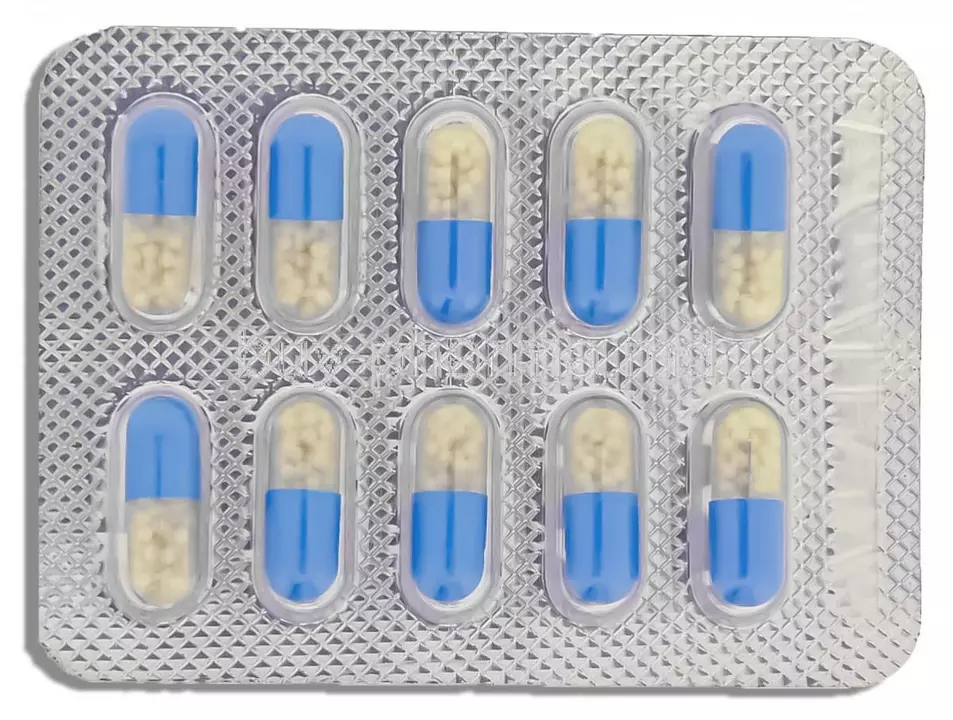Metoprolol: Uses, Doses, Side Effects, and Practical Tips
Metoprolol is a beta blocker used to lower heart rate and blood pressure. You’ll see it prescribed for high blood pressure, angina (chest pain), certain rhythm problems, and for some people after a heart attack. There are two common forms: metoprolol tartrate (short-acting) and metoprolol succinate (extended-release). Knowing which one you have matters for how often you take it.
How to take metoprolol
Follow your doctor’s instructions but here are practical pointers. If you have the extended-release (succinate), take it once a day, usually in the morning. The tartrate form is usually taken twice daily. Take your pill at the same time(s) every day to keep levels steady.
Food doesn’t usually matter much, but taking it with a meal can reduce stomach upset. Don’t crush or chew extended-release tablets. If you miss a dose, take it when you remember unless it’s almost time for the next one — don’t double up to catch up.
Typical starting doses vary. For high blood pressure, doctors often start low (like 25–50 mg daily) and adjust. For heart failure or after a heart attack, the dose may start even lower and increase slowly under close supervision. Never change dose or stop suddenly without checking with your clinician — stopping abruptly can make chest pain or heart rhythm problems worse.
Common side effects and key warnings
Common side effects are tiredness, slow heartbeat, dizziness, and cold hands or feet. These often improve after a few weeks as your body adjusts. If you feel unusually tired, lightheaded when standing, or your heartbeat is very slow, call your doctor.
Important warnings: metoprolol can make breathing issues worse for people with asthma or severe COPD. If you have diabetes, it can hide low-blood-sugar symptoms like a fast heartbeat — check your levels more often when starting or changing dose. Metoprolol also interacts with some drugs: certain calcium-channel blockers (like verapamil), some antidepressants, and medicines that affect liver enzymes can change metoprolol levels. Always tell your provider about all prescription drugs, over-the-counter meds, and herbal supplements you take.
If you plan to stop metoprolol, your doctor will usually lower the dose gradually over days or weeks. Stopping suddenly may trigger fast heart rate, high blood pressure, or chest pain.
Final practical notes: carry a card or list that shows you take metoprolol, especially before dental work or new prescriptions. Measure blood pressure and pulse at home if you can — bring those logs to appointments. If side effects bother you, don’t stop on your own; ask about dose changes, switching to the other metoprolol form, or trying a different medicine.
If you want more detailed info about interactions or dose ranges tied to your condition, check with your pharmacist or doctor — they can tailor the advice to your health and other medications.

